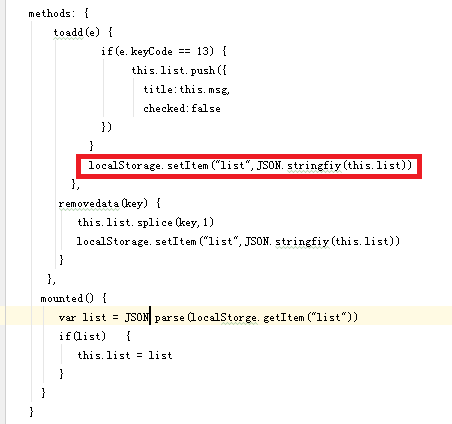I am new to Spring Transaction. Some thing that I found really odd, probably I did understand this properly. I wanted to have a transactional around method level and I have a caller method within the same class and it seems like it does not like that, it has to be called from the separate class. I don\'t understand how is that possible. If anyone has an idea how to resolve this issue, I would greatly appreciate. I would like to use the same class to call the annotated transactional method.
Here is the code:
public class UserService {
@Transactional
public boolean addUser(String userName, String password) {
try {
// call DAO layer and adds to database.
} catch (Throwable e) {
TransactionAspectSupport.currentTransactionStatus()
.setRollbackOnly();
}
}
public boolean addUsers(List<User> users) {
for (User user : users) {
addUser(user.getUserName, user.getPassword);
}
}
}
It\'s a limitation of Spring AOP (dynamic objects and cglib).
If you configure Spring to use AspectJ to handle the transactions, your code will work.
The simple and probably best alternative is to refactor your code. For example one class that handles users and one that process each user. Then default transaction handling with Spring AOP will work.
Configuration tips for handling transactions with AspectJ
To enable Spring to use AspectJ for transactions, you must set the mode to AspectJ:
<tx:annotation-driven mode=\"aspectj\"/>
If you\'re using Spring with an older version than 3.0, you must also add this to your Spring configuration:
<bean class=\"org.springframework.transaction.aspectj
.AnnotationTransactionAspect\" factory-method=\"aspectOf\">
<property name=\"transactionManager\" ref=\"transactionManager\" />
</bean>
The problem here is, that Spring\'s AOP proxies don\'t extend but rather wrap your service instance to intercept calls. This has the effect, that any call to \"this\" from within your service instance is directly invoked on that instance and cannot be intercepted by the wrapping proxy (the proxy is not even aware of any such call). One solutions is already mentioned. Another nifty one would be to simply have Spring inject an instance of the service into the service itself, and call your method on the injected instance, which will be the proxy that handles your transactions. But be aware, that this may have bad side effects too, if your service bean is not a singleton:
<bean id=\"userService\" class=\"your.package.UserService\">
<property name=\"self\" ref=\"userService\" />
...
</bean>
public class UserService {
private UserService self;
public void setSelf(UserService self) {
this.self = self;
}
@Transactional
public boolean addUser(String userName, String password) {
try {
// call DAO layer and adds to database.
} catch (Throwable e) {
TransactionAspectSupport.currentTransactionStatus()
.setRollbackOnly();
}
}
public boolean addUsers(List<User> users) {
for (User user : users) {
self.addUser(user.getUserName, user.getPassword);
}
}
}
This is my solution for self invocation:
private SBMWSBL self;
@Autowired
private ApplicationContext applicationContext;
@PostConstruct
public void postContruct(){
self = applicationContext.getBean(SBMWSBL.class);
}
With Spring 4 it\'s possible to Self autowired
@Service
@Transactional
public class UserServiceImpl implements UserService{
@Autowired
private UserRepositroy repositroy;
@Autowired
private UserService userService;
@Override
public void update(int id){
repository.findOne(id).setName(\"ddd\");
}
@Override
public void save(Users user) {
repositroy.save(user);
userService.update(1)l
}
}
You can autowired BeanFactory inside the same class and do a
getBean(YourClazz.class)
It will automatically proxify your class and take into account your @Transactional or other aop annotation.
The issue is related to how spring load classes and proxies. It will not work , untill you write your inner method / transaction in another class or go to other class and then again come to your class and then write the inner nested transcation method.
To summarize, spring proxies does not allow the scenarios which you are facing. you have to write the 2nd transaction method in other class


